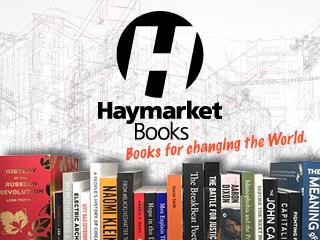Organizing against the injustice system
By
OAKLAND, Calif.--Under the banner of "Strategy and Struggle to Abolish the Prison Industrial Complex," 1,500 people turned out to the Critical Resistance conference at Laney College on September 26-28.
A wide range of political organizations attended the three-day conference, holding workshops on topics ranging from the struggle to end the death penalty to fights to free political prisoners such as the San Francisco Eight (SF 8), Leonard Peltier and Mumia Abu-Jamal.
Among the participants there was a sense of seriousness about fighting racism and the brutality of the U.S. police and prison system.
The Campaign to End the Death Penalty (CEDP) held a "Live from Death Row" session in which some 50 people came to hear from death row inmate Kevin Cooper about the lessons of the struggle to save his life, as well as the ongoing fight to halt the execution of Troy Davis.
When executed California prisoner Stanley Tookie Williams' advocate Barbara Becnel screened her film tribute to Williams, the room was so crowded that people were sitting in the aisles throughout the film.
Some 75 people gathered to hear family members of the Jena 6--six Black teenagers whose struggle against racism in Jena, La., inspired huge protests last year. The mother of one of the Six described the tension in Jena following the massive protests.
Some people in the meeting spoke about the need for stronger organization and follow-up around cases like Jena. Several participants expressed their frustration with mainstream civil rights leaders who pick up a campaign when the news cameras are on it, but then drop it when the momentum subsides.
Workshops that focused on specific, ongoing campaigns were the most popular. A panel discussion about the SF 8 drew a large crowd. The case, which was reopened after passage of the Patriot Act, involves eight former Black Panthers who are being charged with the murder of a police officer in San Francisco in 1971.
The panelists included members of the SF 8, former Panthers Harold Taylor and Richard Brown, and attorney Soffiyah Elijah. The case exposes the brutality of the war against the Black Panthers as well as the revival of COINTELPRO policies by the post-September 11 Department of Homeland Security.
Another great feature of the conference was the tabling area, where people were able to connect with groups who are organizing in various parts of the country. The fact that this area was usually very crowded reflected the seriousness of the participants to get involved.
The Critical Resistance conference served as a building ground for many of the organizations and ongoing campaigns that will form the basis of future antiracist struggles.


